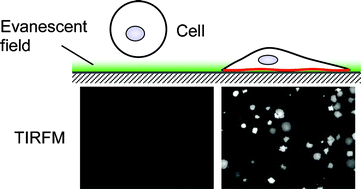Effects of surface functional groups on protein adsorption and subsequent cell adhesion using self-assembled monolayers†
Abstract
We investigated initial

- This article is part of the themed collection: Biomedical materials
* Corresponding authors
a
Institute for Frontier Medical Sciences, Kyoto University, 53 Kawahara-cho, Shogoin, Sakyo-ku, Kyoto, Japan
E-mail:
iwata@frontier.kyoto-u.ac.jp
Fax: +81 75 751 4119
Tel: +81 75 751 4119
We investigated initial

 Please wait while we load your content...
Something went wrong. Try again?
Please wait while we load your content...
Something went wrong. Try again?
Y. Arima and H. Iwata, J. Mater. Chem., 2007, 17, 4079 DOI: 10.1039/B708099A
To request permission to reproduce material from this article, please go to the Copyright Clearance Center request page.
If you are an author contributing to an RSC publication, you do not need to request permission provided correct acknowledgement is given.
If you are the author of this article, you do not need to request permission to reproduce figures and diagrams provided correct acknowledgement is given. If you want to reproduce the whole article in a third-party publication (excluding your thesis/dissertation for which permission is not required) please go to the Copyright Clearance Center request page.
Read more about how to correctly acknowledge RSC content.
 Fetching data from CrossRef.
Fetching data from CrossRef.
This may take some time to load.
Loading related content
